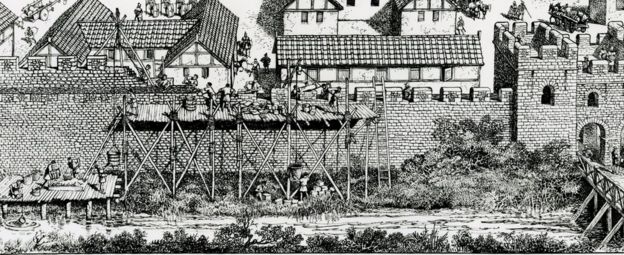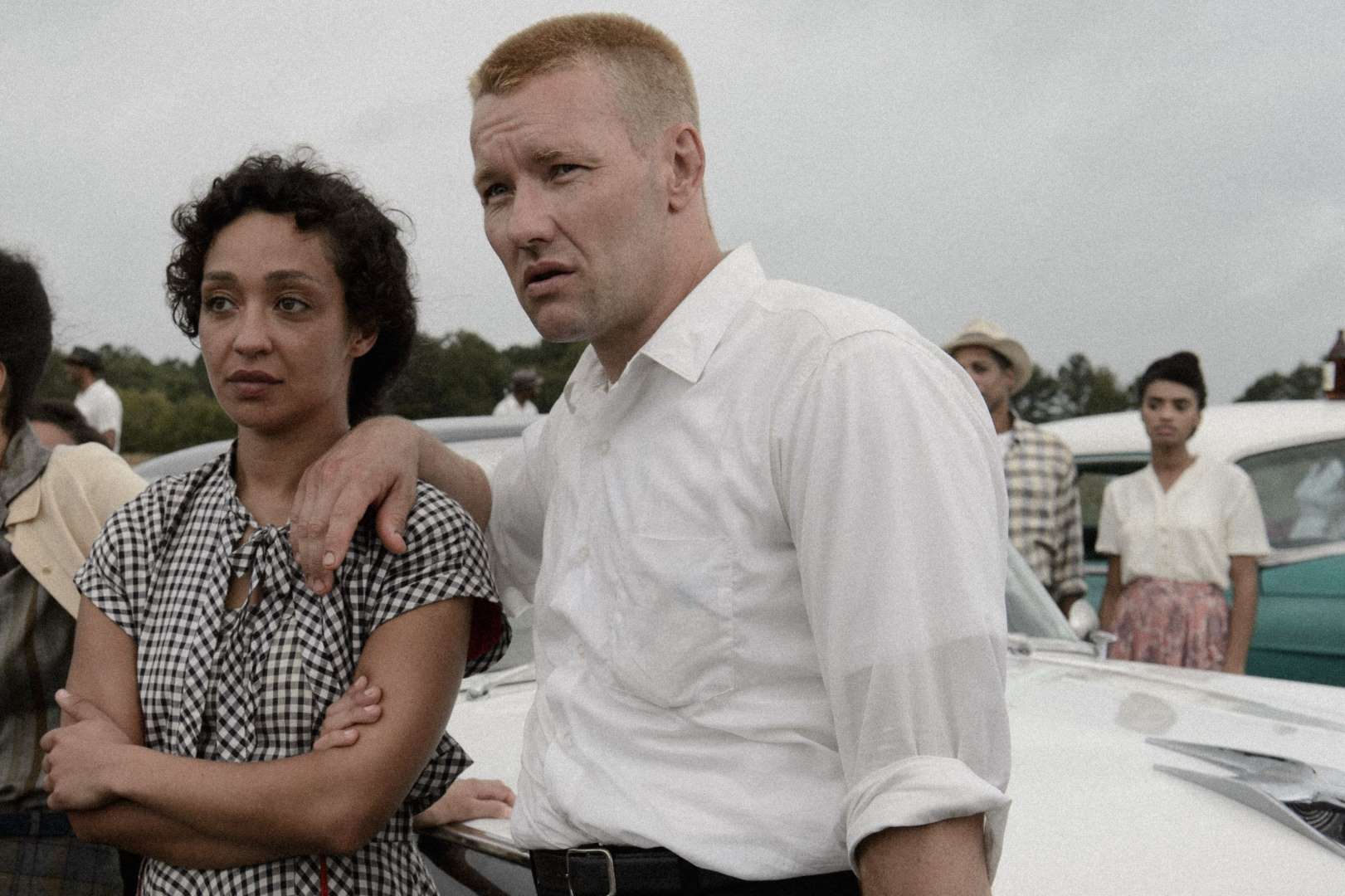What Woodrow Wilson Cost My GrandfatherPosted in Articles, Campus Life, History, Media Archive, Politics/Public Policy, United States on 2015-11-25 18:04Z by Steven |
What Woodrow Wilson Cost My Grandfather
The New York Times
2015-11-25
Gordon J. Davis, Partner
Venable, LLP, New York, New York
 John Abraham Davis, center, and his family at their farm in the early 1900s. Credit Courtesy of the Davis Family |
OVER the last week, a growing number of students at Princeton have demanded that the university confront the racist legacy of Woodrow Wilson, who served as its president before becoming New Jersey’s governor and the 28th president of the United States. Among other things, the students are demanding that Wilson’s name be removed from university facilities.
Wilson, a Virginia-born Democrat, is mostly remembered as a progressive, internationalist statesman, a benign and wise leader, a father of modern American political science and one of our nation’s great presidents.
But he was also an avowed racist. And unlike many of his predecessors and successors in the White House, he put that racism into action through public policy. Most notably, his administration oversaw the segregation of the federal government, destroying the careers of thousands of talented and accomplished black civil servants — including John Abraham Davis, my paternal grandfather.
An African-American born in 1862 to a prominent white Washington lawyer and his black “housekeeper,” my grandfather was a smart, ambitious and handsome young black man. He emulated his idol, Theodore Roosevelt, in style and dress. He walked away from whatever assistance his father might have offered to his unacknowledged black offspring and graduated at the top of his class from Washington’s M Street High School (later the renowned all-black Dunbar High School)…
Read the entire article here.




